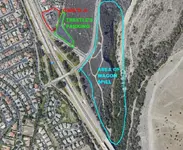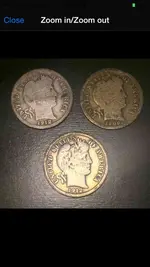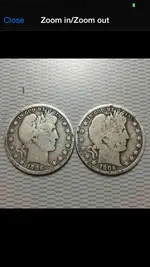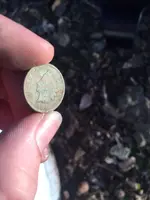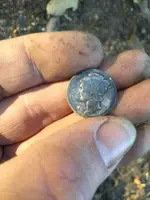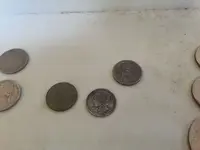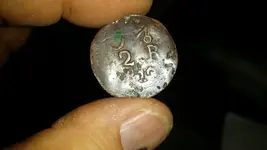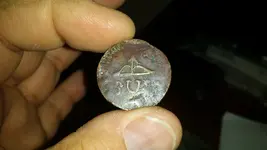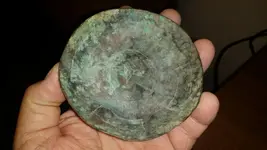reply
... , dating back to sir France's drake ,
VP-Brian, with all due respects ....... your odds of finding something that date back to the "explorer" era, are next-to-nothing. You're thinking of the "colorful" stories of someone getting off their ship, planting a flag, but then getting back on the ship and heading back to Mexico. Sure, there was a few land-falls, naming spots along the coast, etc... But REALISTICALLY speaking: you're not going to find something fumble fingers they dropped. I mean, to find a trade item or something they dropped is a needle-in-a hay-stack improbable.
The first European toe-hold here wasn't till the missions. And then realistically, unless you could right right up next to a mission itself, there really wasn't any significant # of Europeans here till the 1810s or so. Prior to that, the ENTIRE non-indian population, in the entire state of CA, was numbered only in the 100s. But starting in the 1810s, then travel between the missions was happening, and for the first time: persons living outside the walls of the missions and presidios.
Thus unless you're hunting at a mission itself, the reales usually found in CA are ones lost in the 1820s, 30s, etc.... at adobe sites, for example. And yes those can date to the 1700s easily. I've found about 100 reales in CA over the years. Oldest was in the 1750s. But typically 1770s to the late 1840s. After mexico got ousted as a colonial power, very few reales came up after that. Some with the gold rush miners coming up from Mexico. But even those tended to be early 1850s at the newest.
 maybe in the santa susana pass , san pedro ?
maybe in the santa susana pass , san pedro ? maybe in the santa susana pass , san pedro ?
maybe in the santa susana pass , san pedro ?



